If this is your first Yellowstone National Park vacation, then you may be finding planning your trip there a little overwhelming. It’s not uncommon for first-time visitors to Yellowstone to feel that way.
Which is why I’ve created this Yellowstone National Park visitors guide.
I’m James Ian and I’m a national park expert. I’m happy to share these Yellowstone tips with you.
If you’re planning to visit Yellowstone National Park by yourself, make your planning easy and stress free with a detailed itinerary. I have 1-, 2-, 3- and 4-day itineraries for Yellowstone National Park that include all the park highlights, give you choices based on your preferred activity level, and take all the stress out of planning your trip.
Watch these tips for visiting Yellowstone National Park on video:
🔔 You can also watch this video on YouTube directly (opens in new tab).
🎙️ Or listen as a podcast:
🛏️TOP HOTEL PICK: Check availability now
🚘FIND THE CHEAPEST CAR RENTAL: Search Discover Cars for the best deals
✈️FIND THE CHEAPEST FLIGHTS: Search Skyscanner for the best deals
🧳GET TRAVEL INSURANCE: Get insured with Travelex before you go
📱TAKE AN AUDIO TOUR: Buy an audio tour now
Subscribe to daily national parks planning tips, travel inspiration and trip ideas and I’ll send you a free PDF of this Guide:
15 Tips For Visiting Yellowstone National Park
Table of Contents
1. Plan for Longer Drive Times Than Expected
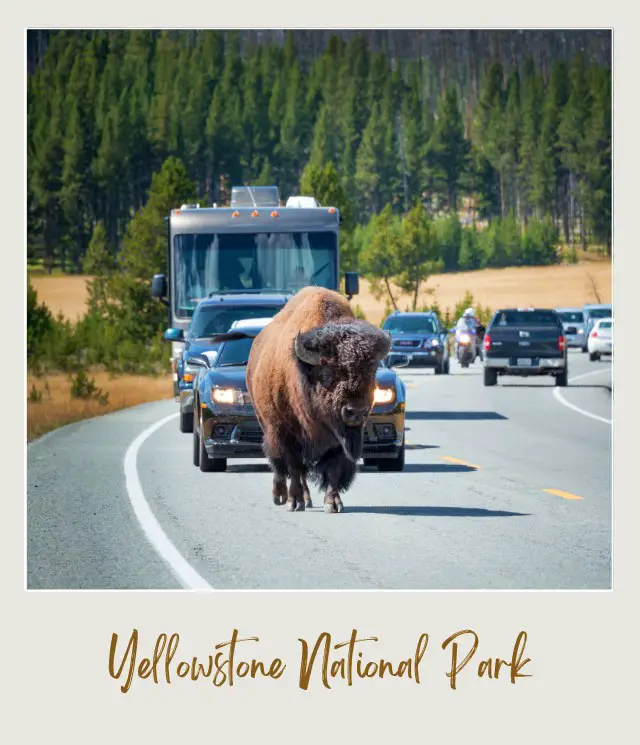
Yellowstone is big, so you’ll spend time in your vehicle driving between attractions. The timing in Google Maps is an ideal expected time, but plan for longer, especially during peak seasons. You may encounter traffic, you may choose to slow down to enjoy the views, and you may well encounter nature on the roads.
Yellowstone’s roads are often shared with free-roaming bison that take the flat easy road rather than crossing fields – and this brings traffic to a standstill while vehicles wait for the bison to pass them or to leave the road.
These encounters with wildlife are part of the Yellowstone experience. Keep your camera ready, but stay in your vehicle for safety and to respect the natural behavior of these magnificent creatures.
2. Get an Early Start
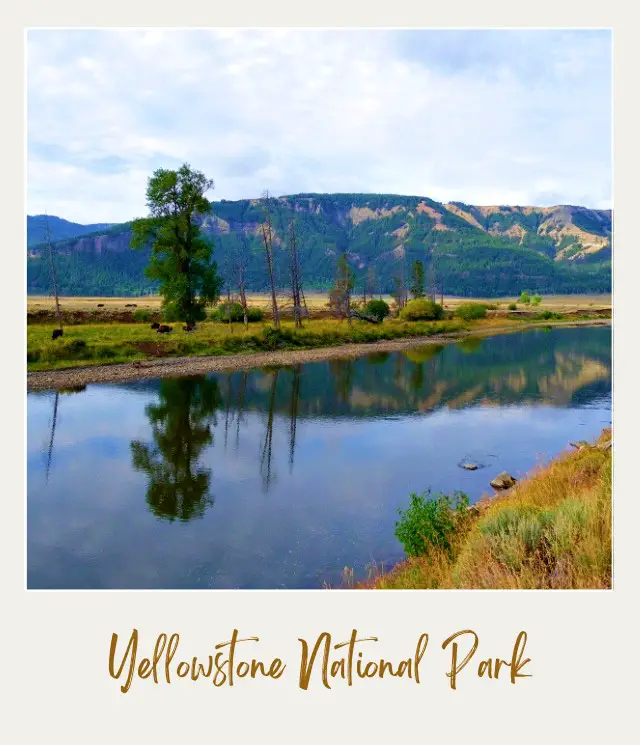
An early start in Yellowstone can make all the difference. Arriving at the entrance gates before the day’s peak means you’ll avoid the long lines that often form later in the day.
An early start to your day also means you can enjoy quieter moments with nature. Dawn is also the best time to spot wildlife as they are most active during the cooler hours.
3. Check Expected Eruption Times for Geysers
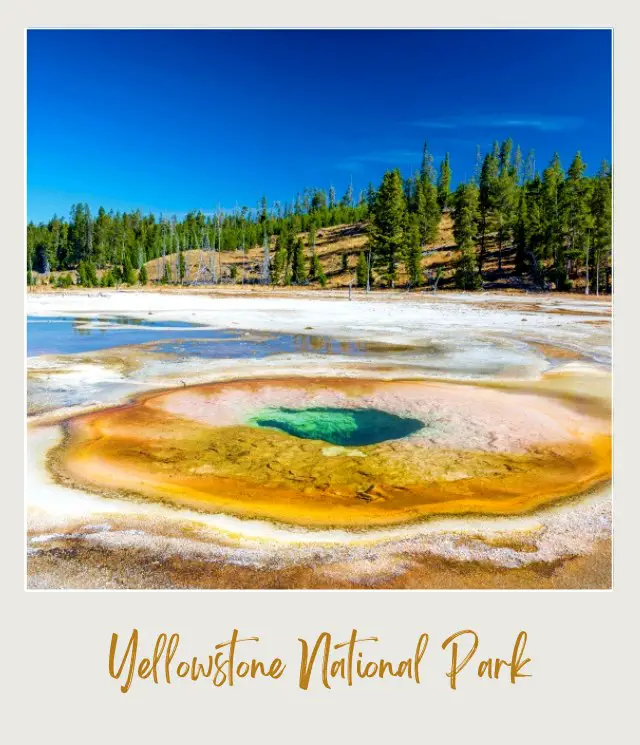
Old Faithful gets its name from the regularity of its eruptions – it faithfully erupts approximately 17 times each day, with intervals between eruptions typically ranging from 45 to 110 minutes. The times can be predicted with a 90 percent confidence rate within a 10-minute window. This means that you can plan part of your visit around the expected eruption times. You can check the predicted eruption times online or at the Visitor Center.
There’s a large viewing area around Old Faithful with some benches. It can get crowded, so aim to arrive at least 20 minutes early.
If you have time to spare, take a walk around the Upper Geyser Basin while you’re waiting. The boardwalk loop to Morning Glory Pool is a showcase of geothermal wonders, including Grand and Castle Geysers. You can see when they’re expected to erupt at the Visitor Center or online, too.
4. Visit Old Faithful During Off-Peak Hours
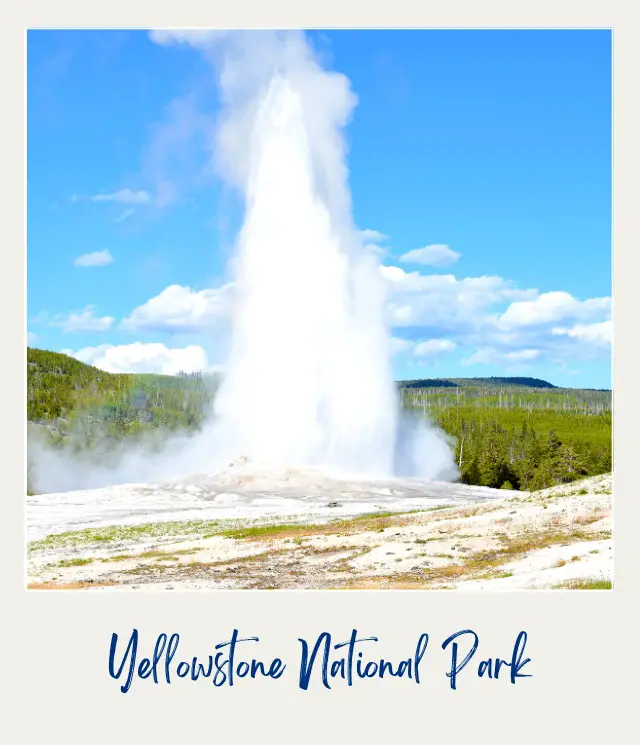
To witness Old Faithful without the crowds, plan your visit for early morning or late evening before or after the tour buses.
For a unique experience, grab a spot on the small balcony on the second floor of the Old Faithful Inn. Here, you can enjoy a warm coffee or a relaxing cocktail while waiting for the eruption.
This vantage point is a hidden gem, but small and not completely unknown, so get there early to claim your seat.
5. Take Bear Spray and Know How to Use It
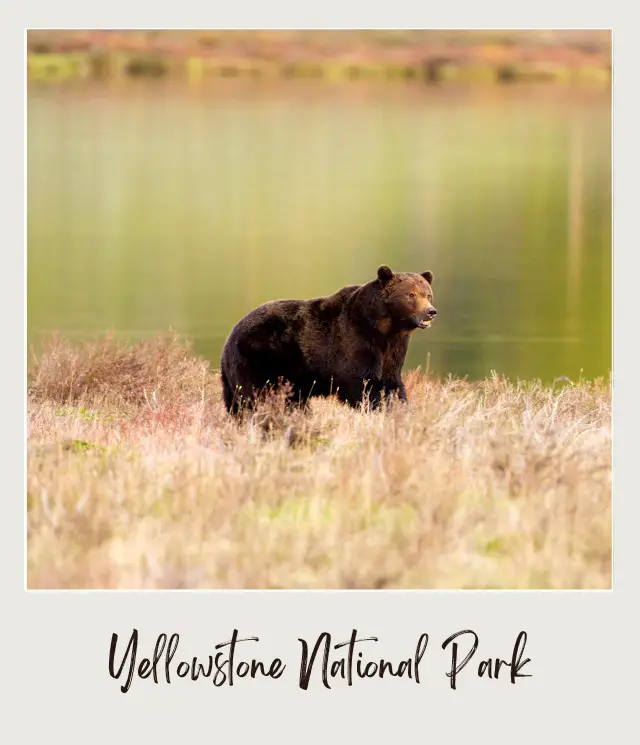
When venturing into Yellowstone’s backcountry (or even front country if you’re hiking in places like Lamar Valley), bear spray is an essential safety tool. Make sure you purchase some before your hike and familiarize yourself with its use.
Although bear encounters are rare, your preparedness can make a critical difference. Always hike in groups, make noise, and follow park guidelines to reduce the risk of an encounter.
➡️ If you need some, buy bear spray or a bell and/or whistle before you go.
6. Pack for Variable Weather
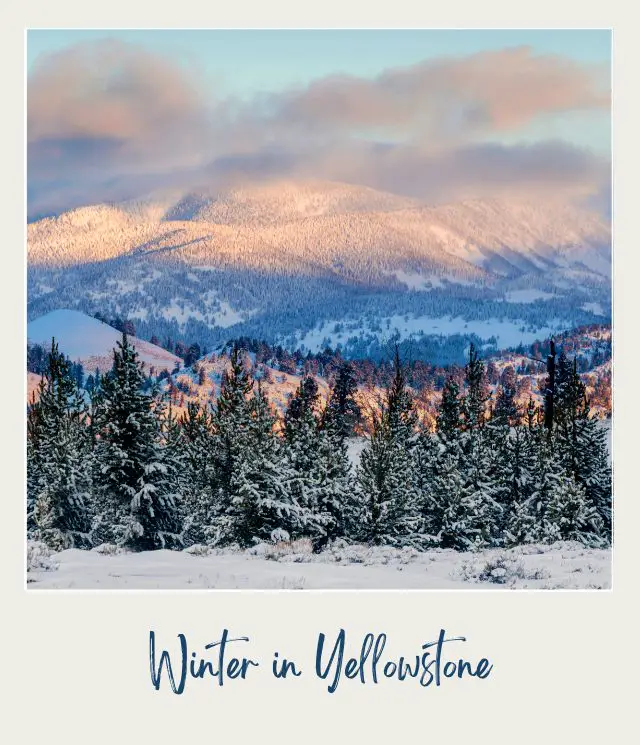
Yellowstone’s weather can change in an instant. I remember a September visit where I wore a T-shirt one day and was snowed in the next day!
Always come prepared with layers, including a waterproof jacket and warm clothing, to adapt to these quick changes. The key is to be comfortable regardless of whether you’re basking in sunshine or watching steam rise off a geyser on a chilly morning.
➡️ If you need one, buy a rain jacket for men or a rain jacket for women.
7. Arrive Early at Popular Attractions Like the Grand Prismatic Spring
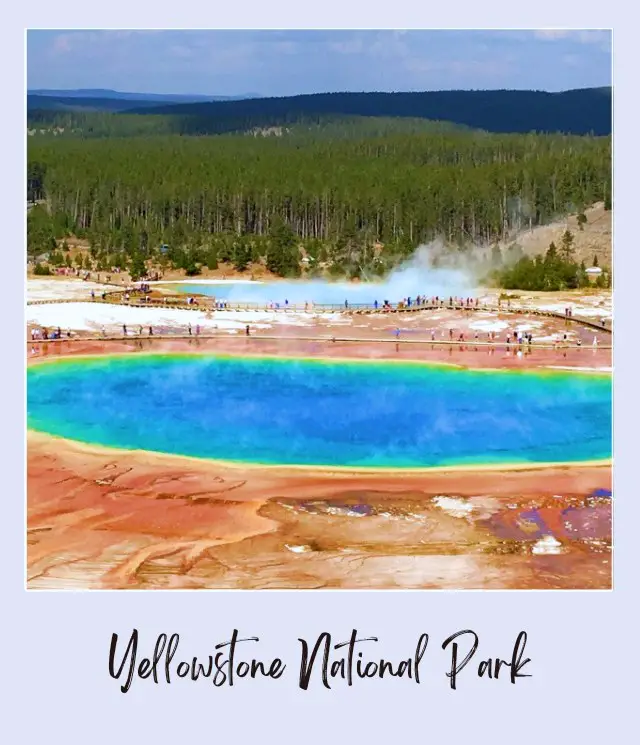
Considering that fact that most people drive around Yellowstone, you’d think the parking areas would be bigger. There’s plenty of parking at Old Faithful, but much less at some other popular spots.
The Grand Prismatic Spring, for example, is an absolute ‘don’t miss’ sight, but its popularity means parking can be a challenge. Despite its fame, the parking area is relatively small, so arriving early is your best bet for securing a spot.
This strategy also allows you to enjoy the vibrant colors of the spring with fewer people around, making for a more personal and reflective experience.
The one downside to this is that the hot spring can often be covered in steam in the morning and the steam dissipates later in the day as the air gets warmer and there is less contrast with the temperature of the hot spring.
➡️ Read More: Grand Prismatic Spring Overlook Trail
8. Consider Visiting During the Shoulder Seasons
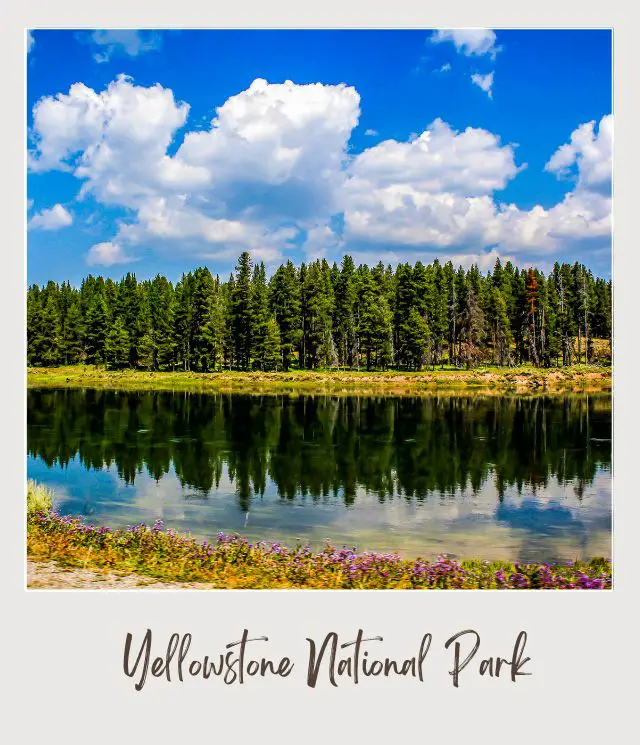
Visiting Yellowstone during the spring or fall is my favorite time to go. Not only are there fewer visitors, but each season offers its unique encounters with nature.
Spring brings the chance to see young animals, while fall is marked by the elk rut and increased bear activity as they prepare for hibernation. These seasons provide a different perspective on the park’s wildlife and landscapes.
Read more:
➡️ Best Time to Go to Yellowstone
➡️ What to Expect in Yellowstone: A month-by-month Guide
➡️ You can also visit Yellowstone in winter, but that is a completely different experience. You can read all about it in my Guide to Winter in Yellowstone.
9. Make Lodging / Camping Reservations Well in Advance
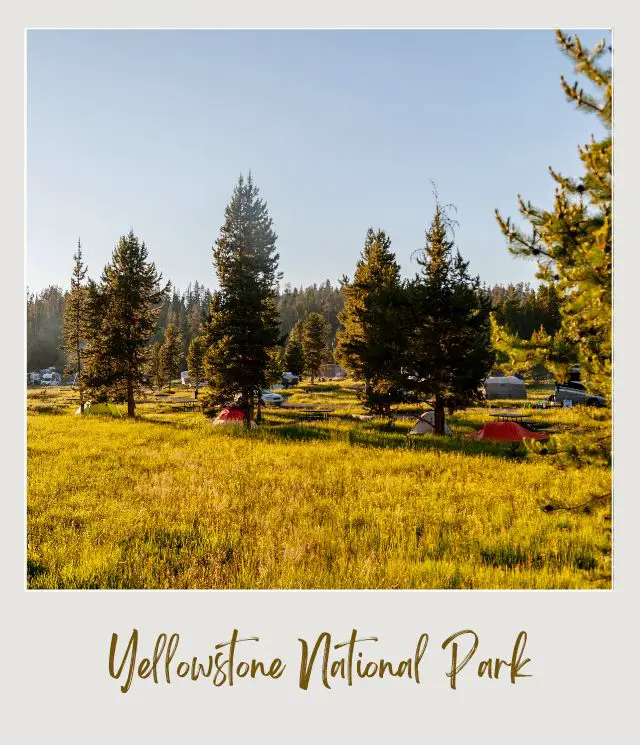
Accommodations in Yellowstone fill up fast, so you should book them as soon as you can!
Reservations for lodges inside the park open 13-months in advance on a rolling basis.
For the campgrounds managed by the National Park Service, reservations can be made six months in advance through Recreation.gov starting at 8:00 AM MST on the day bookings open.
I recommend being ready to book online or over the phone the moment they become available.
➡️ Read more about all the campgrounds in Yellowstone National Park here.
10. Prepare for Limited Cell Service
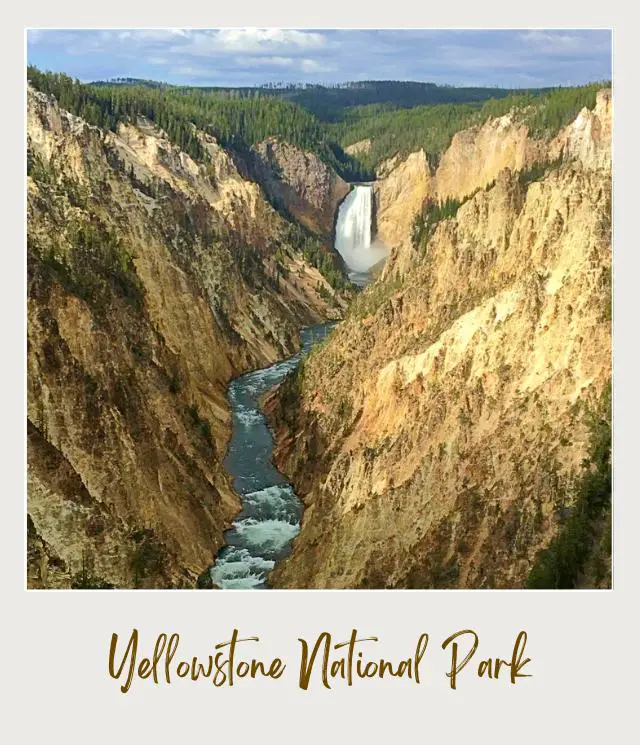
Cell service in Yellowstone can be spotty or non-existent, so you should prepare accordingly.
Before you arrive, download or print maps and itineraries, and establish meeting points with your group in case you get separated. This will keep you on track throughout your visit, ensuring you spend more time enjoying the park and less time worrying about logistics.
11. Take Advantage of the Ranger-Led Programs
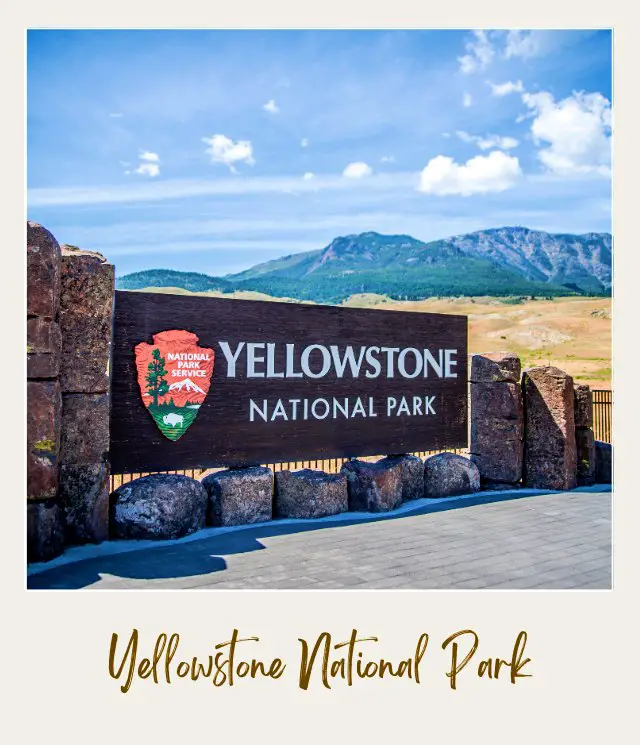
Yellowstone’s ranger-led programs are informative and engaging for visitors of all ages. These educational experiences provide insights into the park’s history, geothermal activity, and wildlife.
Yellowstone’s in-park ranger programs vary each season. Summer programs are available Memorial Day weekend through September. More limited programs are offered in other seasons, too. Check the calendar online or at the Visitor Center for specific program details.
12. Visit the Park’s Multiple Geothermal Areas
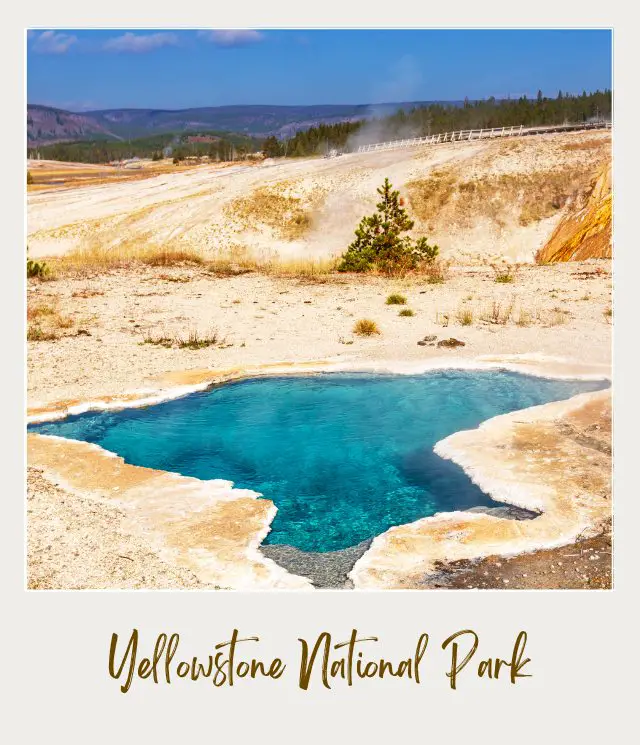
Yellowstone is home to an incredible number of geothermal features, including:
🔹hot springs
🔹geysers
🔹mudpots
🔹fumaroles (steam vents)
Each type offers a unique glimpse into the park’s volcanic underpinnings.
To experience the diversity of these features, visit different geothermal areas throughout the park. Some places to see these include:
🔹Hot springs: Midway Geyser Basin, Norris Geyser Basin, Upper Geyser Basin
🔹Geysers: Midway Geyser Basin, Norris Geyser Basin, Upper Geyser Basin
🔹Mudpots: Artist Paintpots, the Fountain Paint Pots in the Lower Geyser Basin
🔹Fumaroles: Norris Geyser Basin, the Mud Volcano Thermal Area
13. Stay on Boardwalks and Trails in Thermal Areas
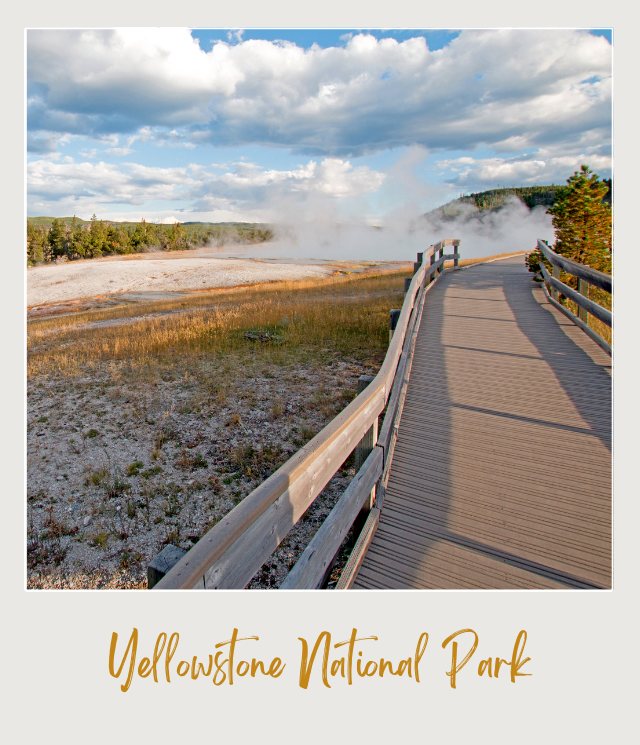
For your own safety and the preservation of Yellowstone’s delicate ecosystems, it’s extremely important to stay on designated boardwalks and trails when exploring thermal areas.
There are signs everywhere and it’s common sense, but every year several people leave the trails and endanger the environment – and themselves.
The ground in these regions can be thin and fragile, with boiling water just below the surface. Not something you want to end up in!
14. Take an Audio Tour
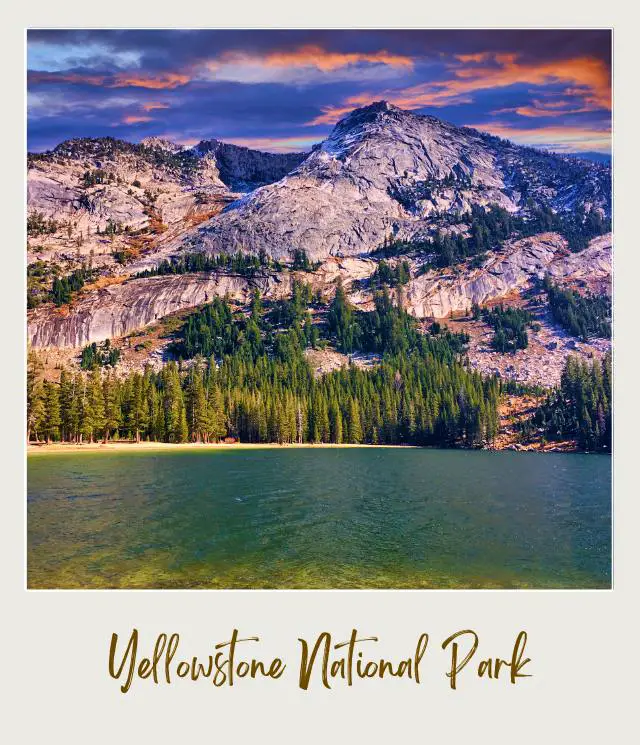
A self-guided audio tour is a great way to enhance your Yellowstone vacation.
This innovative guide provides a mix of storytelling, navigational tips, and fascinating facts, all triggered by your location within the park. As you drive along the recommended routes, the stories and information play automatically, enriching your experience without the need for constant attention to a device. It’s a hands-free way to deepen your connection to the landscapes and history you’re encountering.
➡️ Get an audio tour for Yellowstone here.
➡️ Get a Beartooth Highway audio tour here.
15. Use my Itineraries
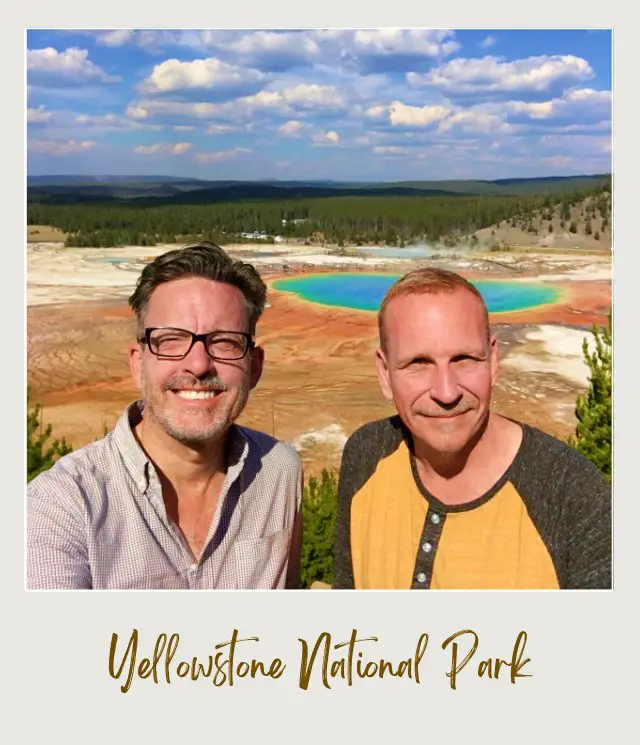
Planning a trip to Yellowstone can be overwhelming, but my carefully created itineraries are designed to take away that stress. I offer detailed hour-by-hour plans for 1-day, 2-day, 3-day, and 4-day visits, tailored to various activity levels.
These itineraries include visiting tips, hike descriptions, driving directions, viewpoints, essential information, and more, ensuring you can fully immerse yourself in the Yellowstone experience without the hassle of planning each step. They’re a valuable resource for anyone looking to make the most of their time in this iconic national park.
➡️ Purchase a detailed Yellowstone Itinerary here
Enjoy your Yellowstone vacation!
More Planning Resources for Yellowstone National Park
⭐ Yellowstone National Park Guide
⭐ Yellowstone Itineraries
⭐ 7 Mistakes to Avoid
⭐ How Many Days in Yellowstone National Park?
⭐ Guide To Camping In Yellowstone National Park
⭐ How to Visit Yellowstone in Winter
⭐ Best Things To Do In Yellowstone National Park
⭐ The Best Yellowstone Scenic Drives
⭐ Lamar Valley Scenic Drive
⭐ Best Waterfalls in Yellowstone National Park
⭐ Best Hikes in Yellowstone National Park
⭐ Grand Prismatic Spring Overlook Trail Guide
⭐ Best Time to Visit Yellowstone National Park
⭐ Visiting Yellowstone Throughout the Year
⭐ How To Get To Yellowstone National Park
⭐ All The Airports Near Yellowstone National Park
⭐ The Closest Airport to Yellowstone National Park
⭐ 10 Fun Facts about Yellowstone National Park
⭐ Best Books about Yellowstone National Park
⭐ Vacation Rentals Near Yellowstone National Park
⭐ Yellowstone Packing List
Do you have any other Yellowstone National Park travel tips? I’d love to hear about them. Join my private Facebook group National Parks Collectors and comment and let me know (you can also pick up extra planning tips, share your photos and stories with other national park lovers and more).
If you’re planning to visit Yellowstone National Park by yourself, make your planning easy and stress free with a detailed itinerary. I have 1-, 2-, 3- and 4-day itineraries for Yellowstone National Park that include all the park highlights, give you choices based on your preferred activity level, and take all the stress out of planning your trip.
Subscribe to daily national parks planning tips, travel inspiration and trip ideas and I’ll send you a free PDF of this Guide:
15 Tips For Visiting Yellowstone National Park
If you liked this Yellowstone travel guide, Pin It to your Yellowstone National Park board!
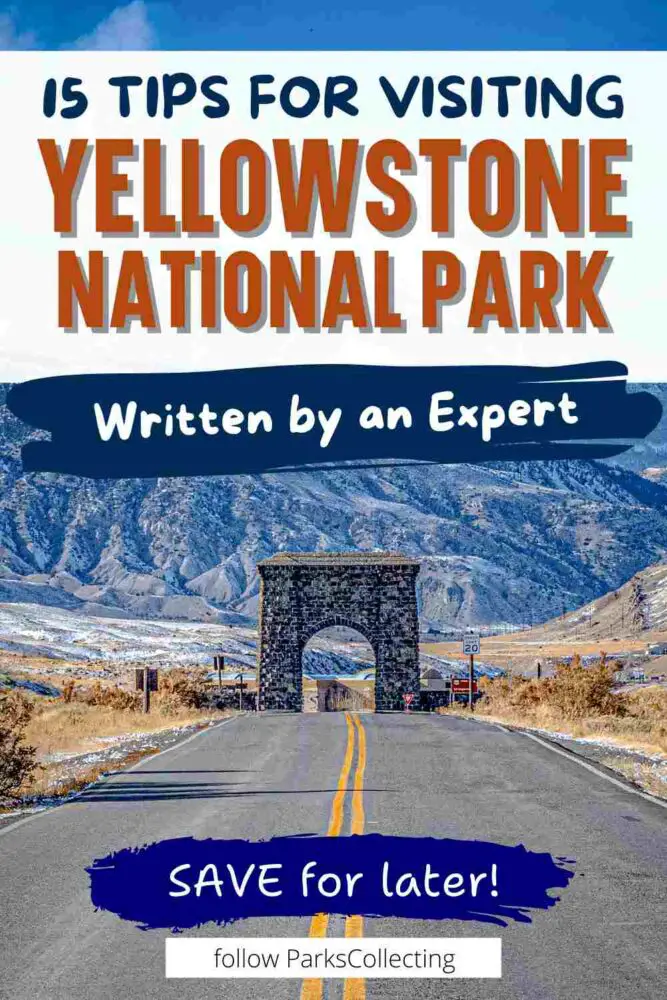
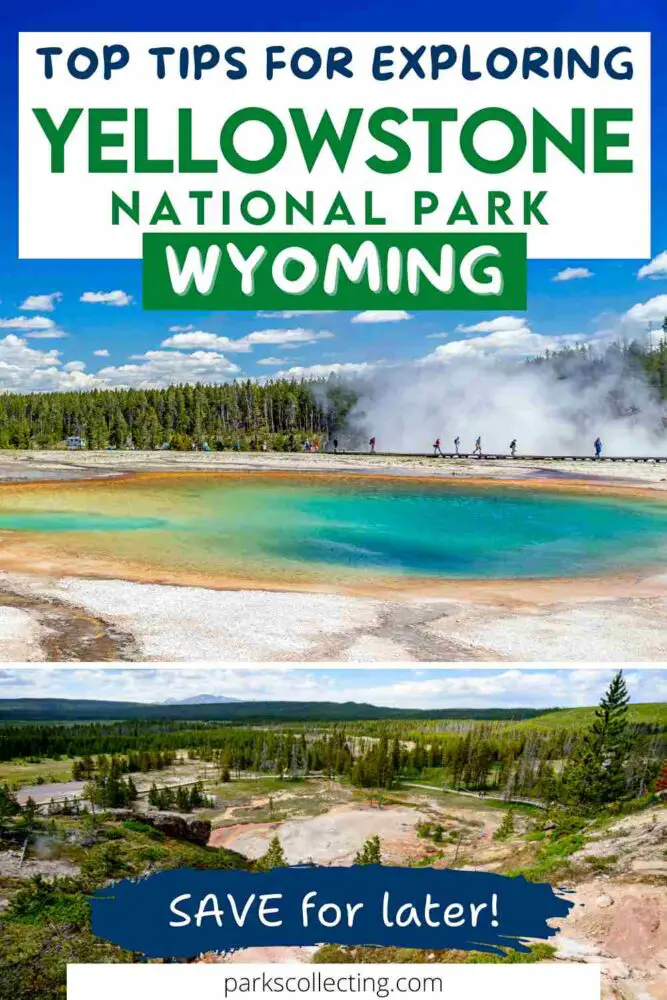
💡 Are you just starting to think about taking a national parks trip? Get Inspiration
‼️ Are you looking for helpful tips for visiting US national parks? Read articles that share useful tips on a range of national-park related issues
💻 Are you starting to plan a trip to Yellowstone National Park? Read my Guide to Yellowstone National Park
📋 Do you want a ready-made super detailed plan for your trip to Yellowstone? Get a detailed 1 – 4-day Yellowstone National Park Itinerary
🛏️ Are you looking for a place to stay in or near Yellowstone National Park? Find a vacation rental near Yellowstone National Park or ⛺ Find a campground inside Yellowstone National Park
💲 Are you ready to book your trip? Use these Planning and Booking Resources
📖 Do you want to read a book about Yellowstone National Park? Check out my Recommended Reading List for Yellowstone National Park
About the Author
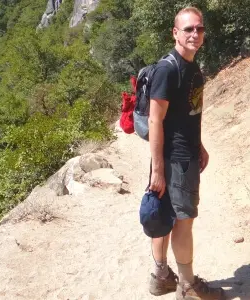
James Ian is a national park, camping and hiking expert.
He has dedicated his life to travel, visiting more than 80 countries, all 7 continents and most of the national parks in the United States. With over 35 years experience in the travel industry, James has worked on cruise ships, at resorts and hotels, and as a travel planner who’s helped hundreds of people plan successful trips to US national parks.
Based on his experience visiting our national parks multiple times, in-depth research and expertise as a travel planner, James has published detailed itineraries for many of the major national parks in the US. These itineraries, as well as in-depth park guides, and other resources will help you have your own incredible trip to US national parks without stress and hassle.
As a national park expert, James has contributed to many publications, including USA Today, Newsweek, Time Business News, Savoteur, Best Trip, and Wired.
I’m a member of the Amazon Services LLC Associates Program. As an Amazon Associate I earn from qualifying purchases.
